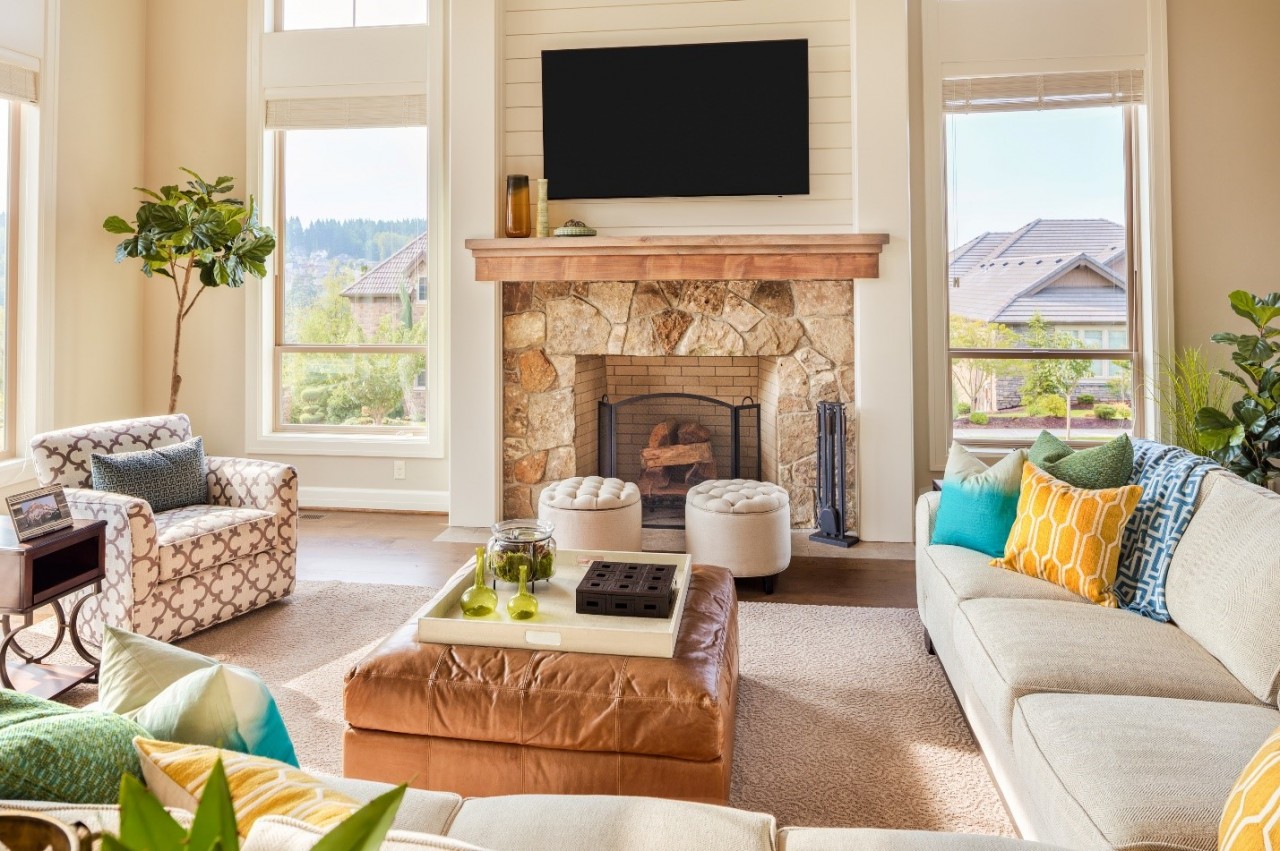The smart home revolution has arrived in full force. Much of the movement revolves around smart gadgets that promise automation, acting without you having to input information. There are products available for every corner of your Dallas, Texas home, from a refrigerator that lets you know if you've run out of beer to security cameras that activate when they sense any movement. While some gadgets are admittedly more practical than others, there’s no better whole-home solution than a smart home automation system.
How do these systems differ from devices you can buy off the shelf? They bring all your technology together and get it to work as one. Through a Savant Systems solution, you can have control of your lighting, security, entertainment, climate and more at the touch of a button. Sensors and schedules are the primary ways smart devices create automated responses. In this blog, we explain how both work best in a connected home.
Sensors
Sensors are the main way automation happens in smart devices. Your lights turn off when a room is unoccupied. A thermostat notices you’ve walked into the room and adjusts the temperature. What a smart home automation system adds to this dynamic is that all your technology reacts to a sensor's message rather than just one device.
Instead of just having a camera recording when a sensor is activated, you can have the lights in the room turn on as well to get the clearest images possible. When you return from work, it’s not just the climate that adjusts. As soon as you walk into your foyer, the room lights up and the television turns on to your favorite channel so you can settle in after a long day.
Deprecated: Creation of dynamic property EasyBlogSocialButtonExternal::$post is deprecated in /home/dbmediapro/public_html/administrator/components/com_easyblog/includes/socialbuttons/adapters/external.php on line 42



